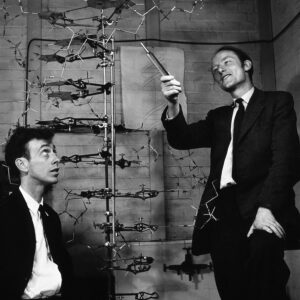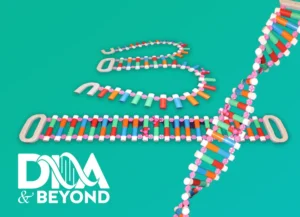Aristotle’s History of Animals (350 BC)
A foundational text in the history of biology, stands as the first systematic attempt to classify animals based on their behavior and physiology. It lays the groundwork for modern zoology by introducing empirical methods of observation and dissection, laying the groundwork for future biological research. While his classifications differ from modern taxonomy, his work marked a significant shift towards understanding the natural world through systematic observation and analysis.
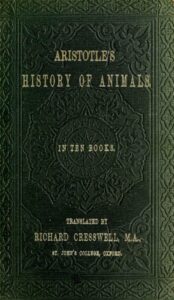
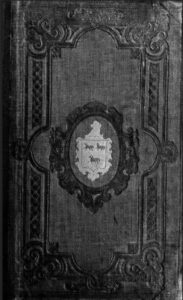
Microscopic Investigations on the Similarity of Structure and Growth of Animals and Plants
This 1839 seminal work solidified the foundation of cell theory. It established that all organisms, both plants and animals, are composed of cells, which are the basic units of life. This theory, built upon Schleiden’s 1838 observation of plant cells and Schwann’s subsequent work on animal cells, revolutionized biology. Read this seminal work here.
Louis Pasteur – Address on Spontaneous Generation (1864)
Louis Pasteur delivered an address at the “Sorbonne Scientific Soirée” on April 7, 1864 to present his research disproving the theory of spontaneous generation of microorganisms. He showcased his groundbreaking experiments, including the famous swan-neck flask experiment, which demonstrated that life only comes from existing life, not spontaneously from non-living matter. Read the address here
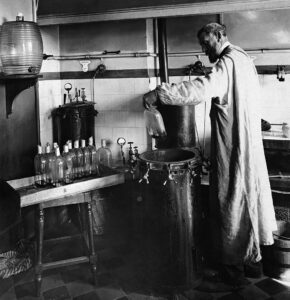
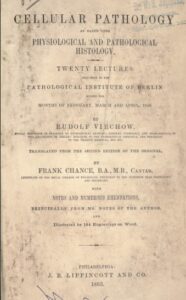
Cellular Pathology as Based Upon Physiological and Pathological Histology (1858)
Virchow’s 1858 book introduced the concept of “Omnis cellula e cellula” (every cell comes from a cell), building on the cell theory of Schleiden and Schwann. By linking cellular processes to disease, Virchow established cellular pathology as a cornerstone of medical science. This work, translated into English in 1860, is available as a PDF on archive.org. Its emphasis on cellular continuity was crucial for understanding heredity and development.
Gregor Mendel – Experiments in Plant Hybridization (1866)
Mendel’s 1866 paper, published in the Proceedings of the Natural History Society of Brünn, laid the foundation for modern genetics by describing inheritance patterns in pea plants. His laws of segregation and independent assortment were initially overlooked but later rediscovered in 1900, sparking the field of genetics. The English translation by the Royal Horticultural Society (1901) is available as a PDF on archive.org, making it an essential resource for teaching Mendelian inheritance.
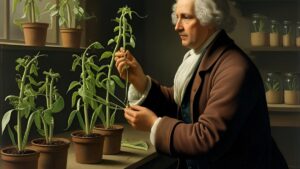
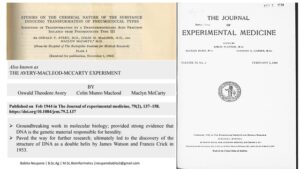
Oswald Avery, Colin MacLeod, and Maclyn McCarty – Studies on the Chemical Nature of the Substance Inducing Transformation of Pneumococcal Types (1944)
Published in the Journal of Experimental Medicine in 1944, this paper demonstrated that DNA, not protein, is the transforming principle in bacteria, establishing DNA as the hereditary material. Initially met with skepticism, it became a cornerstone of molecular biology. The full text is freely available as a PDF on PubMed Central, making it accessible for educational use.
James Watson and Francis Crick – Molecular Structure of Nucleic Acids: A Structure for Deoxyribose Nucleic Acid (1953)
Published in Nature in 1953, this landmark paper proposed the double helix structure of DNA, based on X-ray diffraction data from Rosalind Franklin and Maurice Wilkins. It provided a model for DNA replication and genetic information storage, earning Watson, Crick, and Wilkins the 1962 Nobel Prize. The PDF is freely available on the University of Colorado Boulder’s website, making it a critical resource for understanding DNA’s molecular basis.
